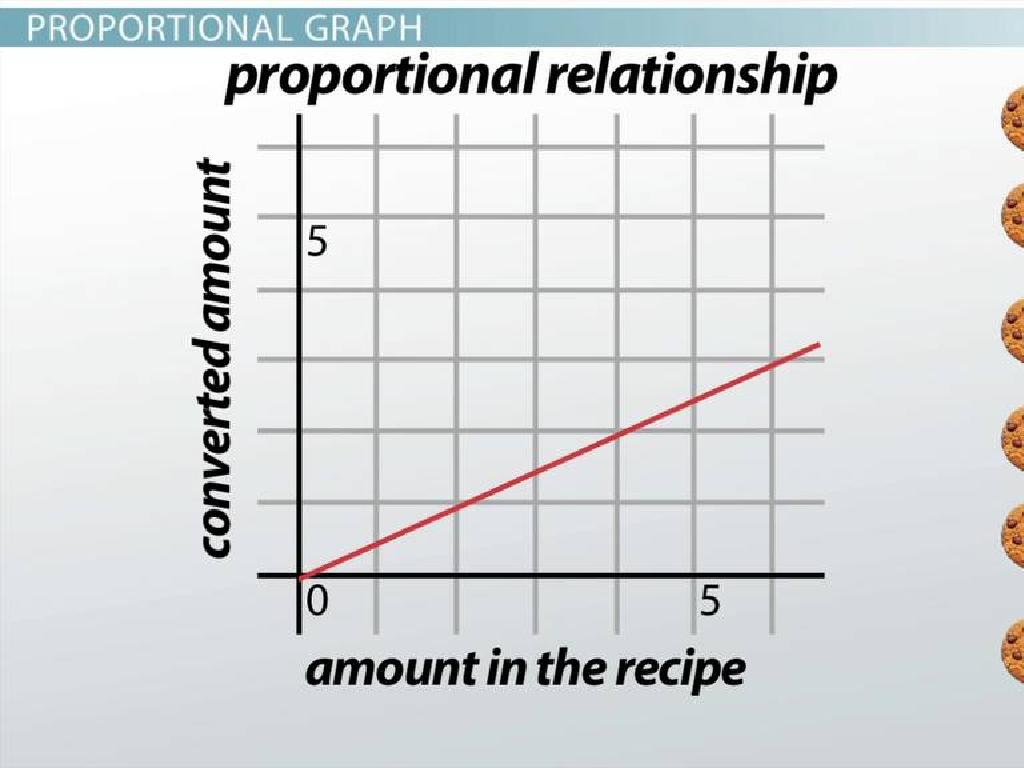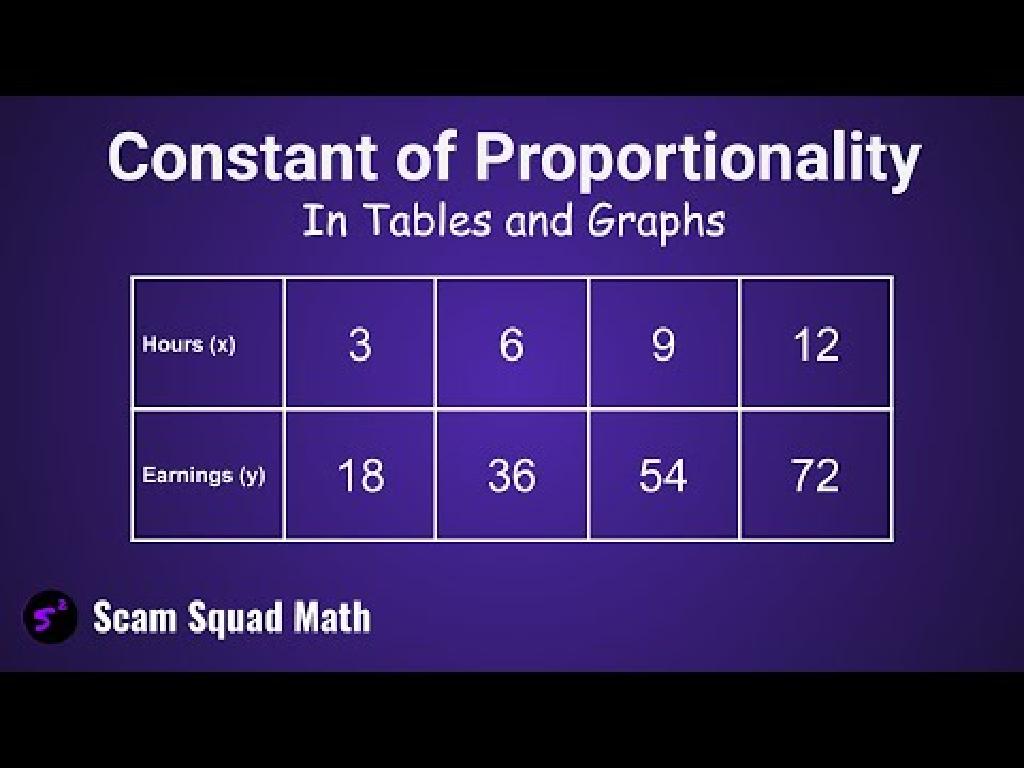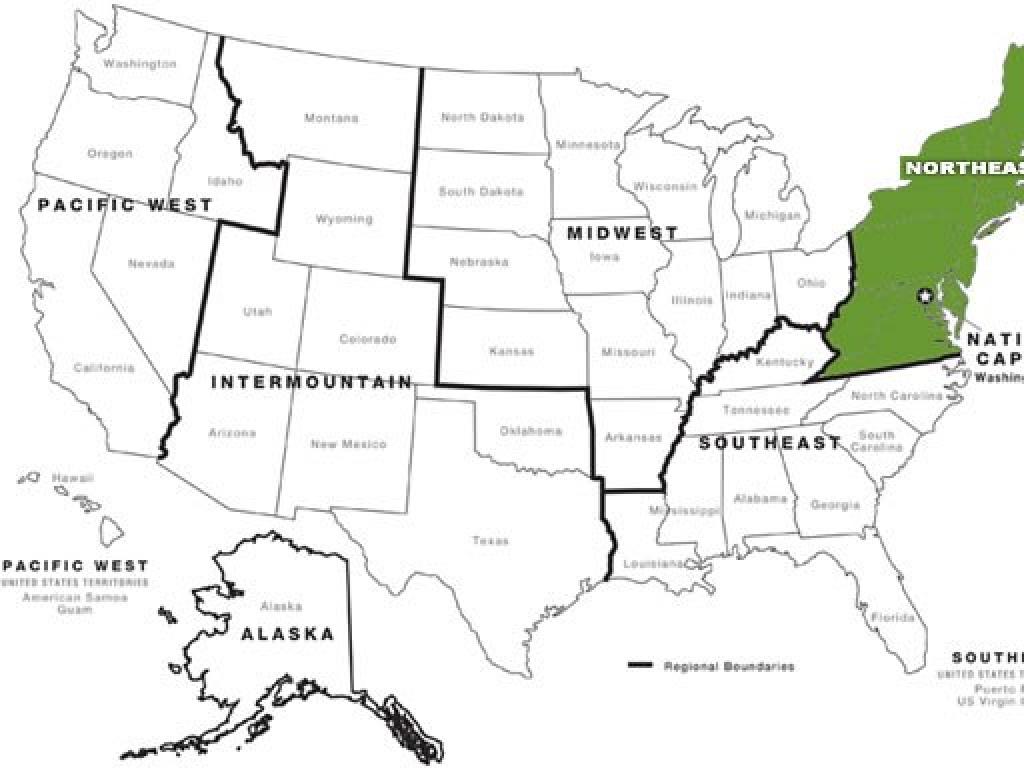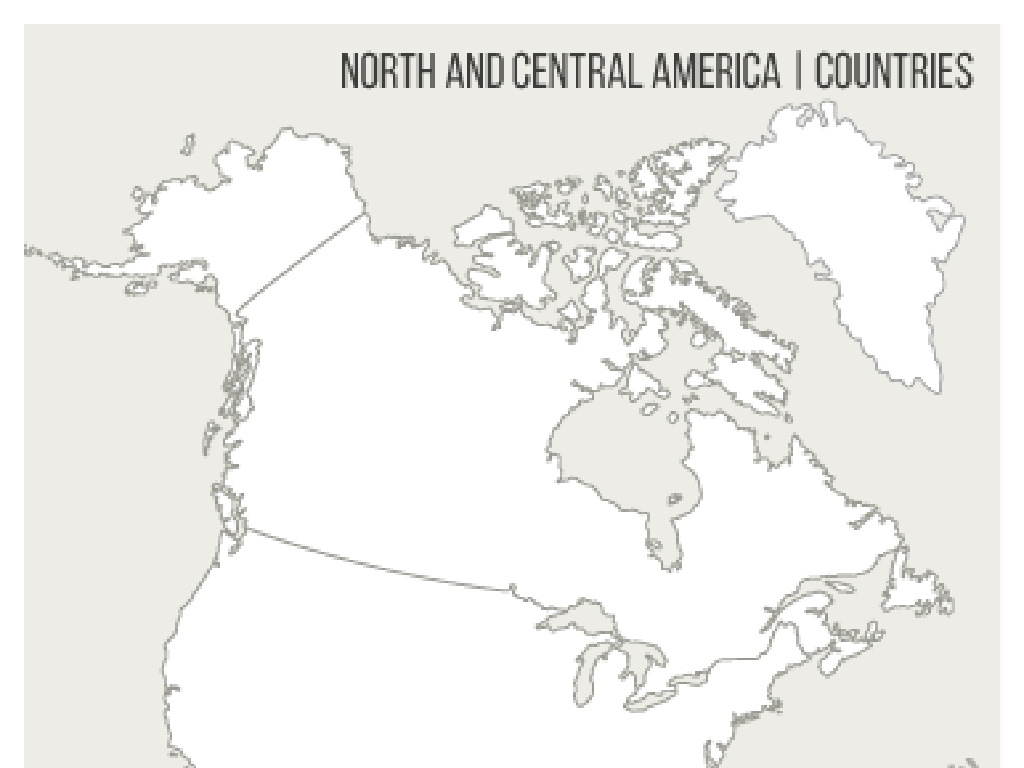Create Figures With A Given Area
Subject: Math
Grade: Third grade
Topic: Area
Please LOG IN to download the presentation. Access is available to registered users only.
View More Content
Welcome to Area Exploration!
– What is area: space inside
– Area is measured in square units, like square inches.
– Area’s role in real life
– Area helps us in daily tasks, like laying carpet.
– Today’s goal: make shapes
– We’ll create shapes with areas like 12 square units.
– Shapes with set areas
– Use blocks or drawings to make your own shapes.
|
This slide introduces the concept of area to third-grade students, emphasizing its practical applications and setting the stage for a hands-on activity. Begin by explaining that area measures the space inside a shape and is counted in square units. Discuss how understanding area is useful in everyday life, such as determining the amount of paint needed for a wall or the size of a garden. The main activity for the class involves students creating their own shapes with a predetermined area, which will help solidify their understanding of the concept. Provide examples and guide them through creating shapes with a specific area, using manipulatives like blocks or grid paper for drawing.
Exploring Area: How Much Space?
– Area: size of a surface
– Measured in square units
– Like square inches (in²) or square feet (ft²)
– Example: square’s area
– If a square has a side of 3 inches, area is 3 in × 3 in = 9 in²
– Calculate with multiplication
– Multiply the length of the sides to find the area
|
This slide introduces the concept of area to third-grade students, explaining it as the size of a surface. Emphasize that area is measured in square units, which could be square inches, square feet, etc. Use the example of a square to show how to calculate area by multiplying the length of its sides. For instance, a square with each side measuring 3 inches has an area of 9 square inches because 3 inches multiplied by 3 inches equals 9 square inches. Encourage students to think of area as the amount of space inside a shape. You can bring some tiles or cut-out squares of paper to visually demonstrate how these would cover a surface to represent the area.
Counting Squares to Learn Area
– Begin with grid square counting
– Use a grid to count the squares inside a shape
– Each square equals one unit
– One square on the grid is 1 square unit of area
– Count squares as a class activity
– We’ll practice counting on the board together
– Understanding area through squares
|
This slide introduces the concept of area by counting squares on a grid, which is a visual and interactive method suitable for third graders. Start by explaining that area is the size of a surface. Show them a grid and demonstrate that each square on the grid represents one square unit of area. Then, involve the class in an activity where they count the squares on the board to find the area of different shapes. This hands-on approach helps students visualize and better understand the concept of area. Prepare different shapes on the grid beforehand and guide the students through counting the squares within each shape. Encourage them to ask questions and discuss their observations.
Creating Shapes with Equal Area
– Use grid paper for shapes
– Grid paper helps us draw precise shapes
– Same area, different perimeters
– Shapes like rectangles or triangles can share an area but have sides of different lengths
– Activity: Draw shapes of 12 units
– Create two unique shapes, each covering 12 squares on your grid paper
|
This slide introduces an activity where students will use grid paper to understand the concept of area. They will learn that different shapes can have the same area but different perimeters. Provide students with grid paper and ask them to draw two different shapes, each with an area of 12 square units. Possible shapes include rectangles, L-shapes, or irregular polygons. Encourage creativity while ensuring they understand how to calculate area. For the teacher: Prepare to assist students who may struggle with the concept of area versus perimeter and have additional examples ready for demonstration.
Calculating Area with Multiplication
– Area using multiplication
– Multiply two numbers to find area
– Length times width for rectangles
– Area = length x width (in units squared)
– Practice: Area of 4×3 rectangle
– What’s 4 units x 3 units?
|
This slide introduces the concept of finding the area of a rectangle through multiplication. Explain that area represents the space inside a shape and can be calculated by multiplying the length by the width for rectangles. Use the practice problem to apply this concept: a rectangle with a length of 4 units and a width of 3 units has an area of 12 square units. Encourage students to visualize the rectangle and count the unit squares if needed. Provide additional examples with different lengths and widths for students to solve, and consider using manipulatives or drawing on the board to reinforce the concept.
Comparing Areas of Different Shapes
– Shapes with equal areas
– Same area can have many shapes, like 4 squares or 1 big rectangle.
– Comparing different shapes
– Look at two shapes and see if they cover the same space.
– Identifying larger areas
– Use blocks or drawings to see which shape covers more space.
– Area comparison activity
|
This slide introduces the concept that shapes can have the same area but look very different. It’s important to show that area is about the space inside a shape, not its outer appearance. Encourage students to think about area as covering space on a flat surface. Use manipulatives like blocks or paper cut-outs to help them visualize and compare areas. For the activity, provide students with a set of shapes that have the same area and ask them to compare them, discussing which ones look larger or smaller and why. This will help them understand that area remains constant even though the shape may change.
Let’s Play with Area!
– Interactive ‘Area Builder’ game
– Create shapes with set area
– Use blocks to make a shape that fits the area size given
– Pair up for a fun challenge
– Work together to solve area puzzles
– Discuss shapes with your partner
– Talk about different ways to create the area
|
This slide introduces an interactive class activity using the ‘Area Builder’ game to help students understand the concept of area in a fun, hands-on way. Students will use blocks to create shapes that match a specific area size, encouraging them to explore the relationship between the shape of an object and the space it occupies. By working in pairs, students can collaborate, share ideas, and reinforce their learning through peer discussion. Teachers should monitor the pairs, provide guidance as needed, and encourage students to think about different solutions to the same area challenge. Possible activities include creating the largest possible shape with a given area, finding multiple shapes with the same area, or even a timed challenge to see which pair can create a shape with a given area the fastest.
Class Activity: Area Artists
– Create art with specific areas
– Use colors for different areas
– Share and explain your artwork
– Understand areas through art
Combining creativity with math to reinforce the concept of area
|
In this engaging class activity, students will apply their knowledge of area by creating a piece of art. Each student will choose shapes they’ve learned about, such as squares, rectangles, or triangles, and use them to design an artwork where each shape has a specific area. They will use color coding to differentiate between the areas of each shape. Once completed, students will present their artwork to the class and explain how they calculated the areas. This activity not only reinforces their understanding of the concept of area but also allows them to express their creativity. Possible activities include creating a collage of colored shapes, drawing a scene using geometric figures, or assembling a mosaic with paper cut-outs. The teacher should ensure that materials are available and that each student understands the task. Encourage students to be creative and to support each other’s learning.
Review and Reflect: Area Exploration
– Recap on area concept
– Area measures the space inside a shape
– Creating shapes with area
– We used area to form shapes like squares and rectangles
– Share an interesting area fact
– Maybe you liked how area changes with shape
– Reflect on today’s learning
|
This slide aims to consolidate the day’s learning about area. Start by asking students to define area in their own words to assess their understanding. Discuss how we can use the concept of area to create different shapes, emphasizing that the area can stay the same even if the shape changes. Encourage students to share one aspect of area that they found interesting, such as how area is used in real life or how different shapes with the same area can look very different. Use this reflection time to gauge student engagement and comprehension, and to reinforce the day’s lessons.
Homework Challenge: Exploring Area at Home
– Find objects with flat surfaces
– Draw shapes matching their area
– Use objects like books or tablets as a reference
– Record each shape’s area
– Use multiplication for area (length x width)
– Share your shapes next class
|
This homework activity is designed to help students apply their understanding of area in a practical context. Encourage them to look for everyday objects with flat surfaces, such as a book or a tablet, and use them as a reference to draw shapes with the same area. Remind them to calculate the area of each shape by multiplying the length by the width (if it’s a rectangle or square) and to write down their findings. During the next class, students will have the opportunity to share the shapes they’ve created, fostering a collaborative learning environment where they can see how the concept of area applies to objects in their own homes.






